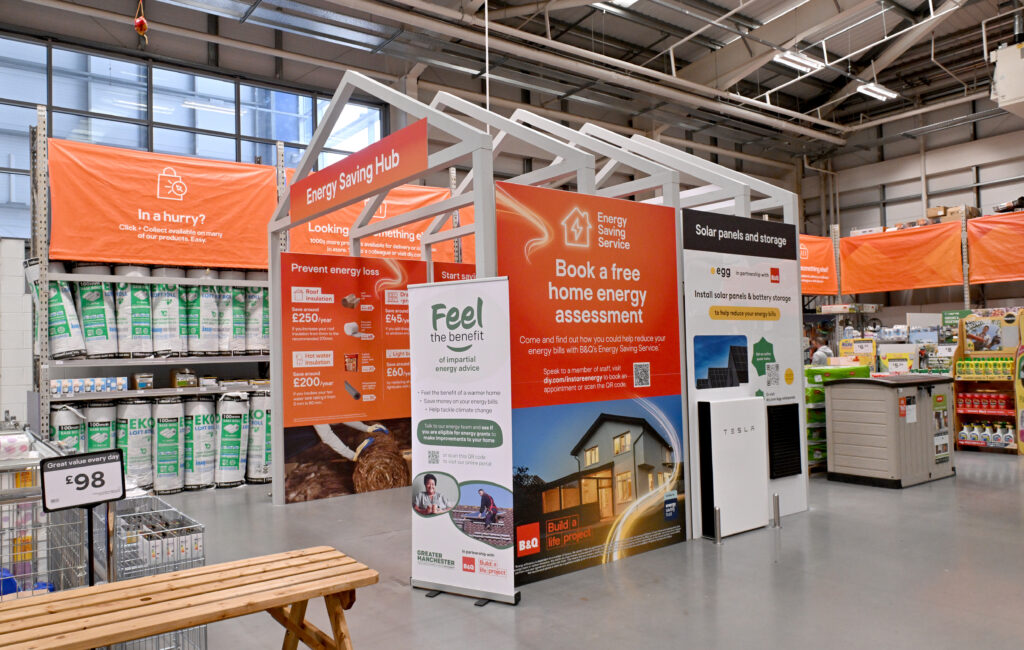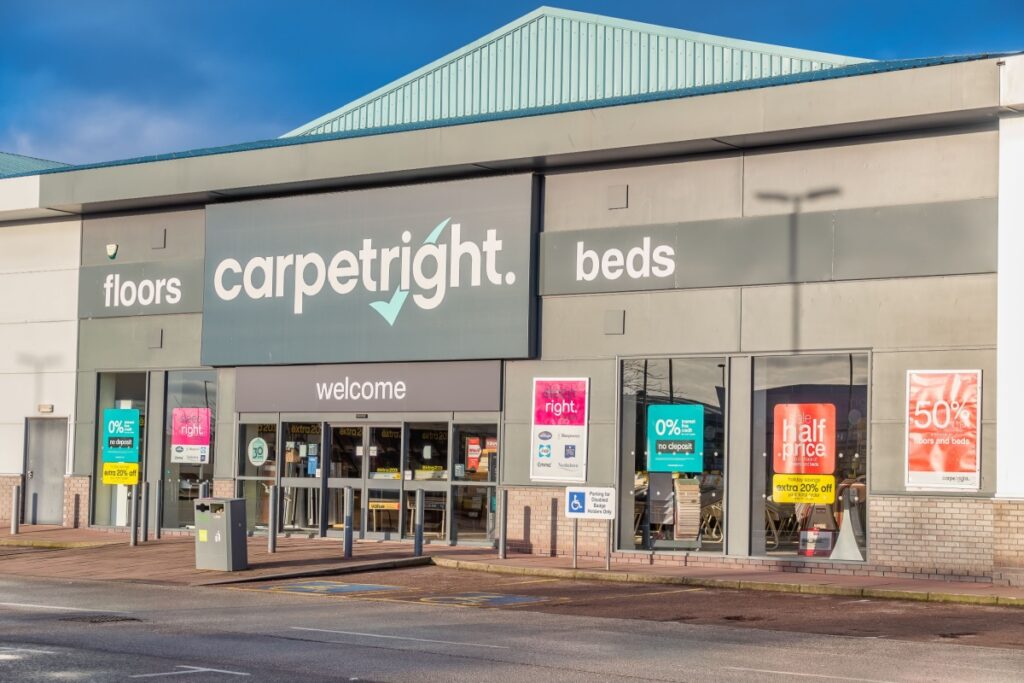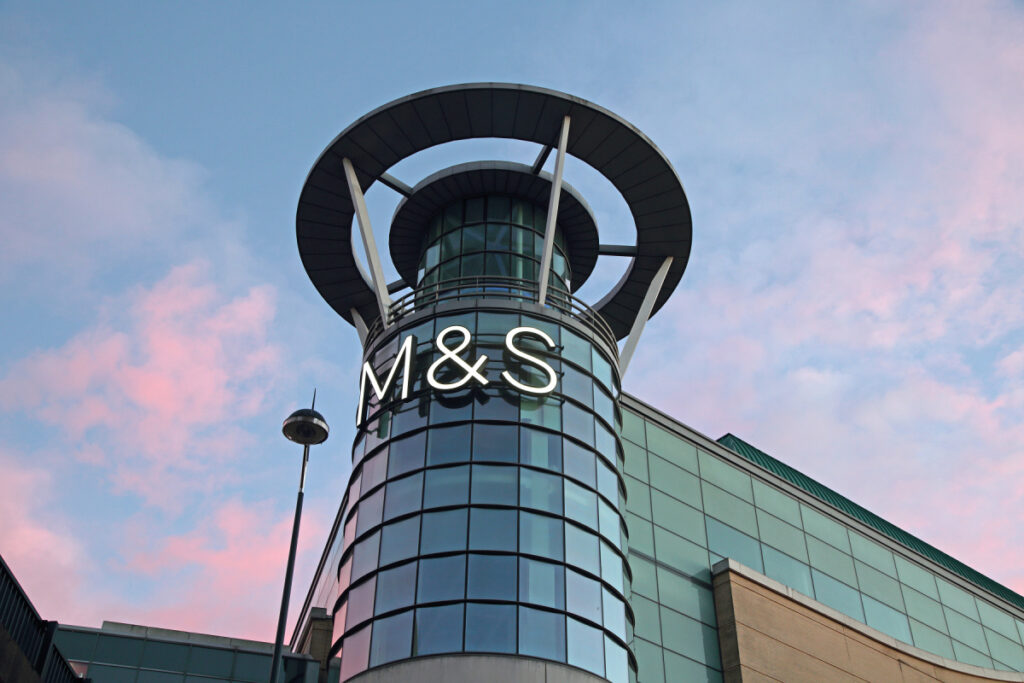Supermarket giant Tesco is the retailer most associated with good overall value by UK consumers, according to research released today.
Despite controversy over its ‘Big Price Drop‘, independent shop research agency Shoppercentric found that 42 per cent of consumers believe that the grocer offers good value, although the quality of its products has been criticised. Scores were low for fresh quality produce as only 22 per cent of shoppers feel that the retailer offers strong quality in this area.
Competitor Sainsbury‘s, which launched a range of promotions including its ‘Live Well For Less‘ campaign last year, scored well for fresh, quality produce though just nine per cent of the 1,074 respondents felt that the grocer offered low prices.
Danielle Pinnington, Managing Director at Shoppercentric, warned: “We think there is also a wake-up call here for Sainsbury‘s.
“The current ‘brandmatch‘ campaign does not appear to have translated into strong value for money perceptions among shoppers. This could be down to the fact that there are times when brandmatch tells you your basket has cost several pounds more than a competitive shop, in which case the fact that Sainsbury‘s will give you your money back on your next purchase feels like a backhanded compliment.
“Today‘s cost-conscious shoppers are very savvy and they have a greater awareness of pricing; Our findings indicate that shoppers are now looking for solid reward-based offers – and they are prepared to wait for them.”
The survey also found that getting the most out of money spent was a primary concern for consumers, with 28 per cent of shoppers voting this the most important factor prior to purchase.
However, the survey revealed that only a quarter of shoppers define ‘value‘ as meaning low in price; rather, it means quality, price and quantity.
34 per cent of shoppers said that getting the best quality item was of utmost importance, compared to 23 per cent who feel that the low or lowest price is a priority.
Consumers are beginning to become weary of heavily promoted and discounted items and, while buy-one-get-one-free remains the most attractive promotion for 76 per cent of shoppers, this has dropped three per cent in three years, while the popularity of ‘multibuys‘ has decreased by the same percentage over the period.
Pinnington fears that over-saturation may prove detrimental to retailers eager to offer discounts.
“Basically use promotions too often and shoppers re-adjust their price expectations to the promoted prices rather than recommended sales price,” she explained.
“Retailers can‘t afford for that to happen. Like-wise shoppers don‘t always want the lowest price possible and our research shows what most people know already, but have forgotten in the panic of the downturn: good value, or value for money, is about more than low price.
“Retailers and their suppliers need to be more aware of the wider definition of ‘Value‘ and cater for all shopper needs. Relying purely on price is not only a lazy strategy but, if used long term, a damaging one too.”

















